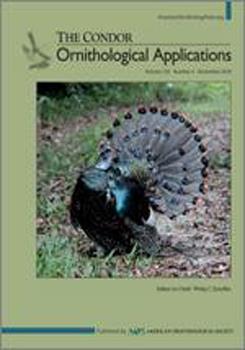Protected lands like national parks are important refuges for threatened and endangered species as environmental pressures on wildlife and their habitats increase. The Northern Spotted Owl (Strix occidentalis caurina), a species designated as threatened under the Endangered Species Act, occurs on public lands throughout the western United States including Mount Rainier National Park (MRNP), Washington. With virtually no history of timber harvest or large forest disturbance within MRNP boundaries since the park's creation in 1899, MRNP provides an ideal place to evaluate potential impacts of climate change and invasive Barred Owls (Strix varia) on the Northern Spotted Owl. We used a multi-state, multi-season occupancy model to investigate how Northern Spotted Owl occupancy dynamics and breeding propensity are related to the presence of Barred Owls, local and regional weather, and habitat characteristics at MRNP from 1997 to 2016. Historical occupancy of Northern Spotted Owl breeding territories in MRNP has declined by 50% in the last 20 yr, and territory occupancy by breeding Northern Spotted Owls also decreased, reaching a low of 25% in 2016. Occupancy rates were higher on territories with steeper terrain and breeding rates were lower when Barred Owls were detected within historical territories. Our results also indicated that breeding propensity was higher when early nesting season temperatures during March and April were higher. In addition, the ability to detect breeding Northern Spotted Owls decreased when Barred Owls were present in the territory. Habitat variables from LiDAR were not correlated with Northern Spotted Owl occupancy dynamics, likely reflecting the dominance of old-growth forest in this protected park. This study illustrates the strong relationship between Barred Owls and Northern Spotted Owl demographics and breeding site selection in a landscape where habitat loss by timber harvest and fire has not occurred.
How to translate text using browser tools
7 August 2019
Barred Owls reduce occupancy and breeding propensity of Northern Spotted Owl in a Washington old-growth forest
Anna O. Mangan,
Tara Chestnut,
Jody C. Vogeler,
Ian K. Breckheimer,
Wendy M. King,
Keith E. Bagnall,
Katie M. Dugger
ACCESS THE FULL ARTICLE
<
Previous Article
|

The Condor
Vol. 121 • No. 3
August 2019
Vol. 121 • No. 3
August 2019
breeding propensity
Cascade Mountains
endangered species
Mount Rainier National Park
occupancy dynamics
protected areas
Strix occidentalis caurina




